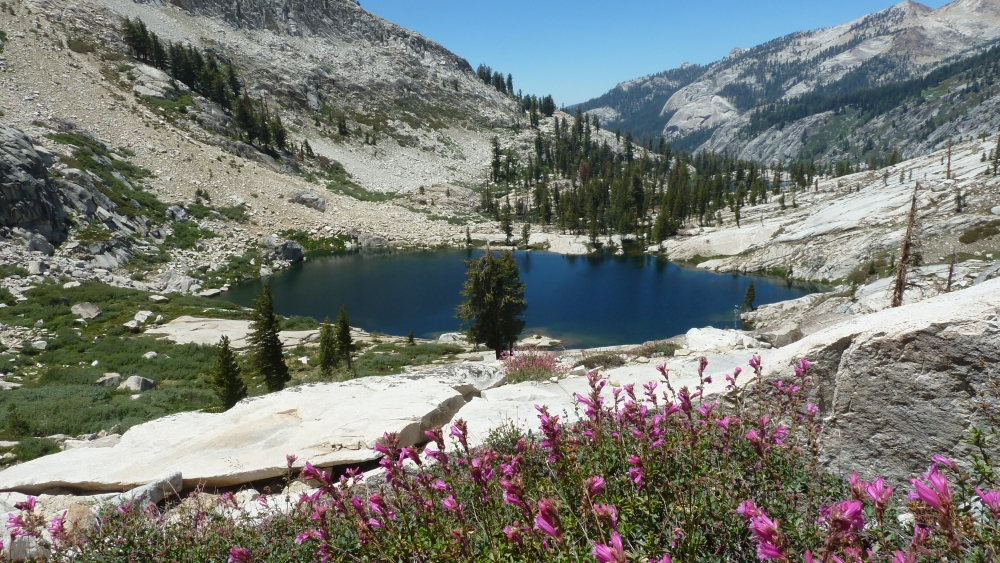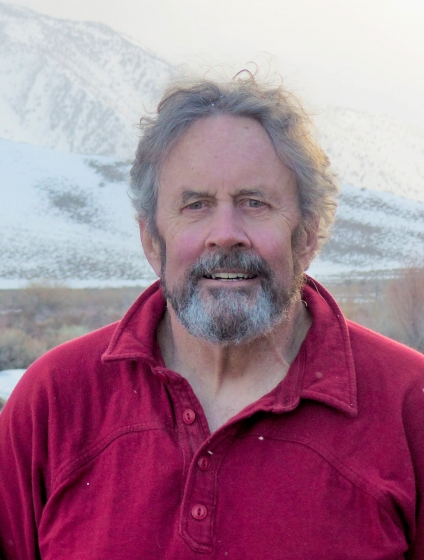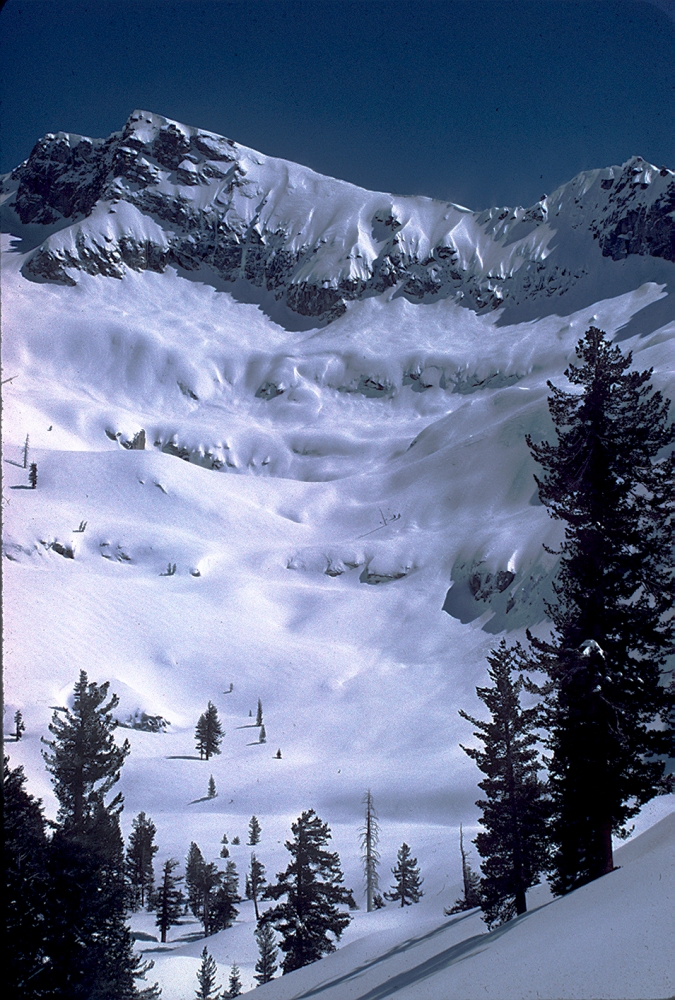
The Snow-Covered Range


A simple yet fitting name adorns California’s most prominent mountains: Sierra Nevada, or “snow-capped mountain range” in Spanish. The Sierra snowpack is the driving force behind the range’s hydrology and ecology, and it serves as a crucial reservoir for much of the thirsty state in which it lies.
“People think of gold as being key for California’s history, which of course it was,” said aquatic biologist John Melack, a distinguished professor at UC Santa Barbara, “but really, the gold is the Sierra Nevada snowpack. That’s what makes California what it is.”
Melack and Distinguished Professor Emeritus Jeff Dozier, of UCSB’s Bren School of Environmental Science & Management have released “Lakes and Watersheds in the Sierra Nevada of California” (UC Press, 2020), which synthesizes over 40 years of research on the mountains. Along with coauthors James Sickman and Steven Sadro, at UC Riverside and UC Davis, respectively, Melack and Dozier set out a comprehensive account of the hydrology, ecology and biogeochemistry of California’s snow-capped range.
The title is aimed at academics as well as resource managers who would appreciate a deeper understanding of the mountains’ high-altitude watersheds and lakes. “It’s a good background for anybody who’s doing any sort of work in the Sierra,” said Dozier.
The text covers an important topic at a crucial time. The Sierra snowpack accounts for about two-thirds of California’s water needs, a resource it provides slowly over the course of spring and summer. However, the amount of water that falls as snow in the mountains is decreasing as the world warms. As the Sierra snowpack declines and a greater fraction of the precipitation falls as rain instead, Californians will have to respond. This book can serve as a guide to the intrinsically variable nature of the high Sierra, where precipitation can fluctuate by a factor of four from one year to the next.

Emerald Lake Basin in winter. The authors conducted research year-round.
Photo Credit: JEFF DOZIER
“Clearly, in the Sierra, the amount of snowfall and its variability is the key driving variable,” said Melack. “However, making that connection through the hydrology and limnology has not been done anywhere else as clearly as I think it has in this book.”
Dozier concurred. “The huge interannual variability in the snowpack — and thus the precipitation — makes it difficult to pick out trends,” he said. He hopes the book will provide a clearer account of patterns where they do exist, and a more subtle picture than simply that the snow is disappearing.
“This is an example where, to truly understand what’s happening in that environment, you need to merge a real understanding of hydrology with watershed processes, with lake processes, with biology,” Melack added. It’s a familiar challenge to resource managers, who must constantly balance different activities and draw from diverse areas of understanding to make sound decisions.
Surprisingly, the volume is one of very few titles that offer such a comprehensive account of alpine lakes and watersheds. “It is a really rare example of this kind of synthesis for an important aquatic environment,” said Melack. “This book could be used as a model for doing similar research in other parts of the world.”
The publication is the culmination of decades of research, collaboration and expertise on the part of the authors and their colleagues. “The idea of writing the book was to consolidate a lot of the work we had done,” explained Dozier, who joined UC Santa Barbara in 1974. Hundreds of research papers and tens of thousands of hours in the field have provided the authors an appreciation of how different pieces fit together and where certain pieces were missing from the literature.
Each of the authors has a deep connection with the mountains they study. Take for instance Dozier, a fourth-generation Californian. “I’ve been hiking in the Sierras since I was four years old,” he remarked. Likewise, Steven Sadro grew up backpacking in the Sierra Nevada; a through-hike along the Pacific Crest Trail inspired his research into the lakes and streams of the landscape.
The authors hope their book will offer researchers and managers a valuable guide and inspire others to forge a connection with California’s majestic snow-capped range, just as they have themselves.



